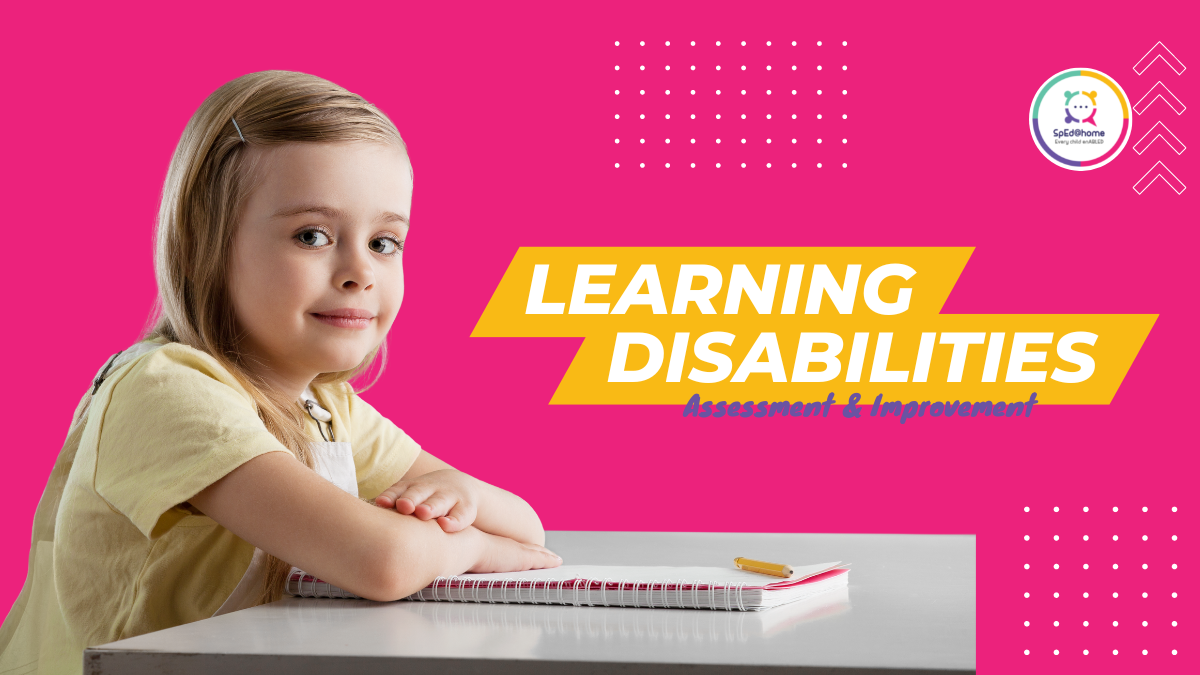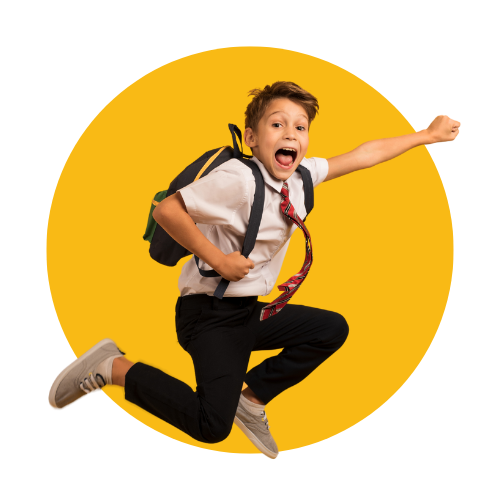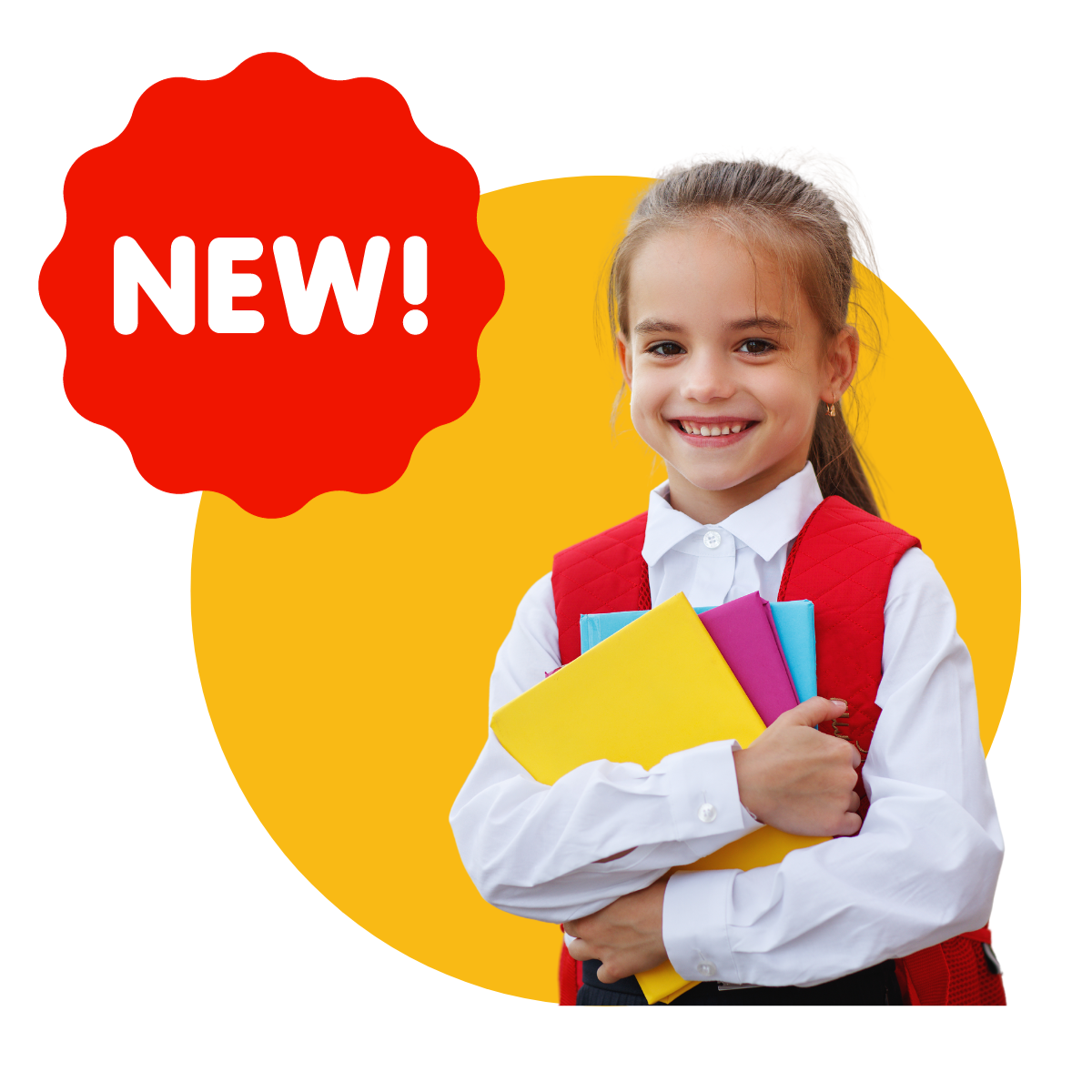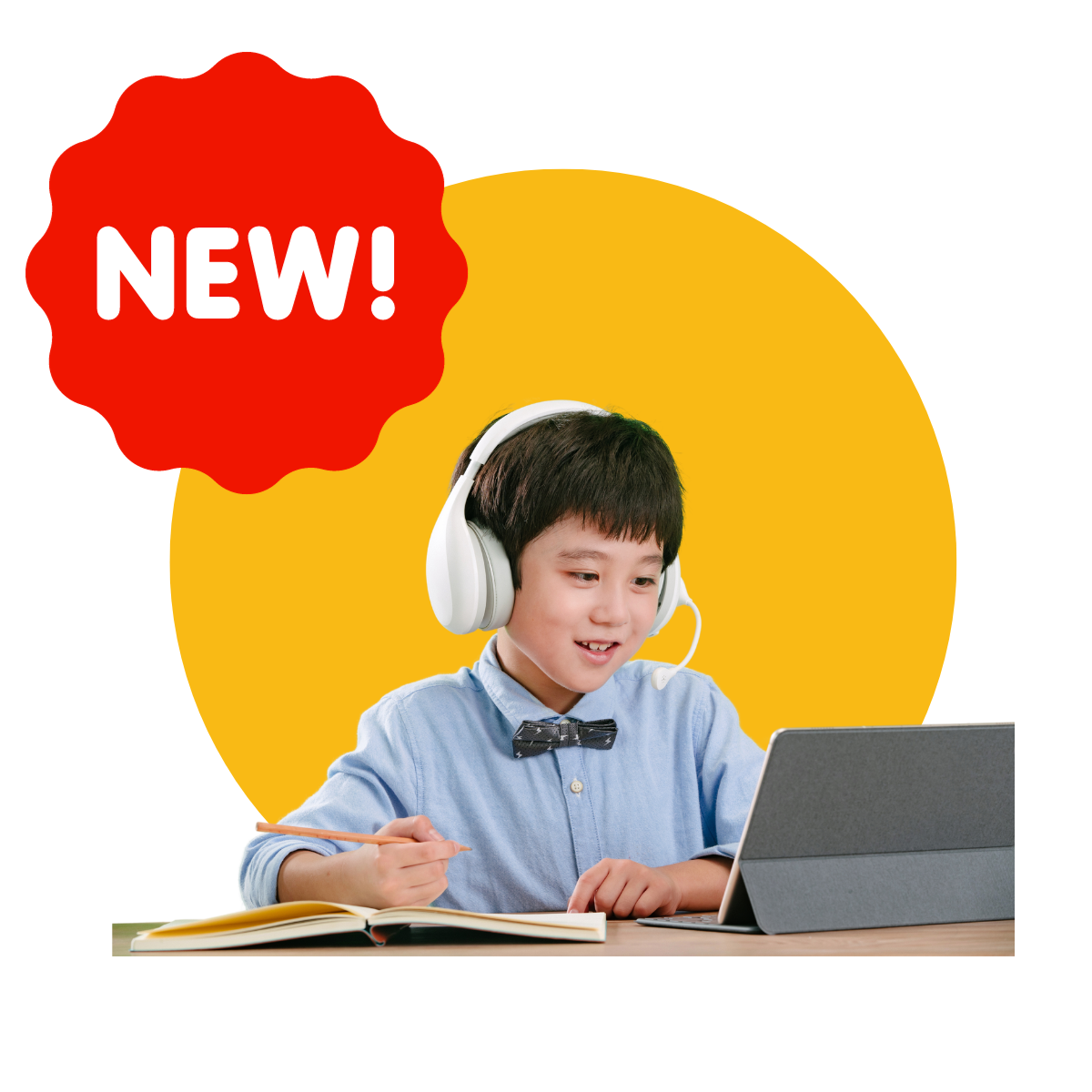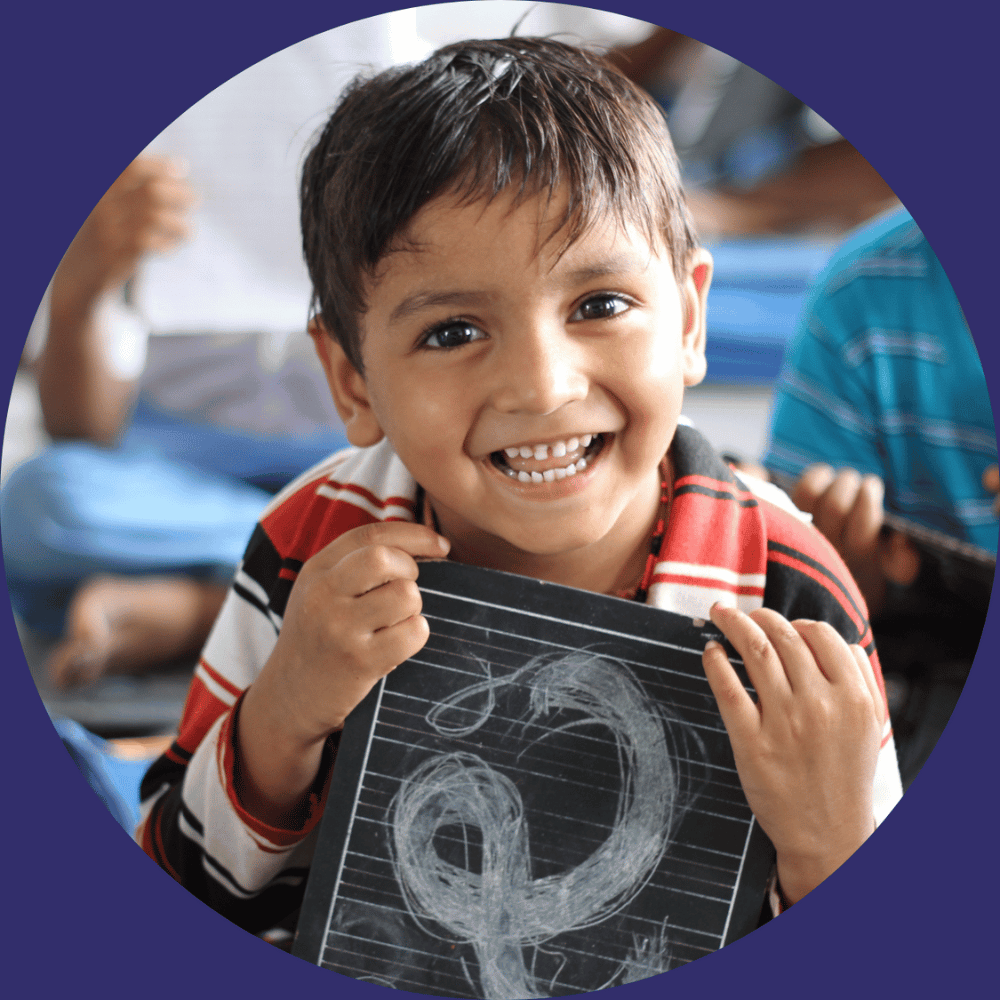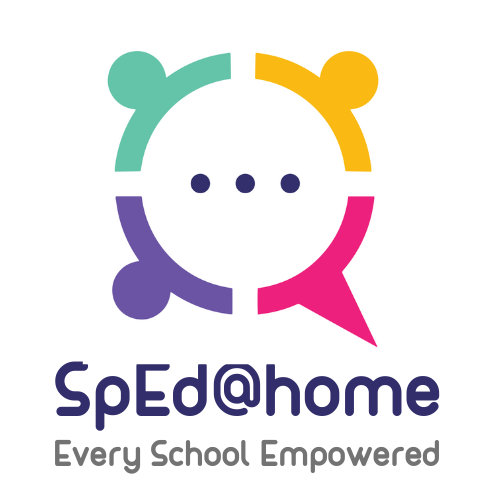Does your child struggle at school? Does reading, writing or tackling a math problem baffle your child? These can be the signs of a Learning Disability.
Did you know?
- Around 5-9% of the population has a Learning Disability
- Dyslexia is the most common Learning Disability, affecting over 15% of children
- Students with Learning Disabilities are three times more likely to drop out of school
Learning Disability is a neurological disorder that affects the brain’s ability to receive, process, store and respond to information.” The term ‘Learning Disability’ is often used to describe an unexplained difficulty an individual with at least average intelligence, faces in the course of acquiring basic academic skills. There exist various types of learning disabilities. Recognizing them at the right time can enable you to help your child cope and keep pace with their peers.
Dyscalculia:
It is a specific Learning Disability that affects a person’s ability to understand numbers and learn math facts.
Dysgraphia:
It is a specific Learning Disability that affects a person’s handwriting ability and fine motor skills.
Dyslexia:
It is a specific Learning Disability that affects reading and related language-based processing skills.
Non-Verbal Learning Disabilities:
Person suffering from NVLD has trouble interpreting nonverbal cues like facial expressions or body language and may have poor coordination.
Oral / Written Language Disorder and Specific Reading Comprehension Deficit:
These are the Learning Disabilities that affect an individual’s understanding of what they read or of spoken language. The ability to express themselves with oral language may also be impacted.
Tackling each type of Learning Disability needs a unique approach. But this unique approach should be grounded with care, compassion and love. By understanding the different types of learning disorders and their signs; you, with the help of a special educator, can come up with a learning program that works. You can start but incorporating the following:
Take charge of your child’s education
Recognizing the limitations of the school systems can help fill those gaps for your child. Doing so shall enable them to access extra attention and help.
Identify how your child learns best. Every child has a learning pattern that suits them the most. Identifying this can be a breakthrough to plug your child’s learning gaps. Focus on life success, rather than school success. It is important to look beyond the grades and marks. Best way to do this is by teaching them self-awareness, self-confidence, independence, goal setting and help-seeking behaviour when needed. Emphasize healthy lifestyle habits.
Teaching children with Learning Disabilities the importance of a healthy lifestyle, can help be organized, healthy and stress free. Incorporating exercise, a balanced diet and adequate sleep is a great starting point. Encouraging healthy emotional habits – Being frustrated by the challenges presented by their Learning Disability is natural. Provide them with an outlet to express their anger, frustration, and feelings of discouragement. Listening to them is crucial. Doing so will help them connect with their feelings and, eventually, learn how to calm themselves and regulate their emotions.





